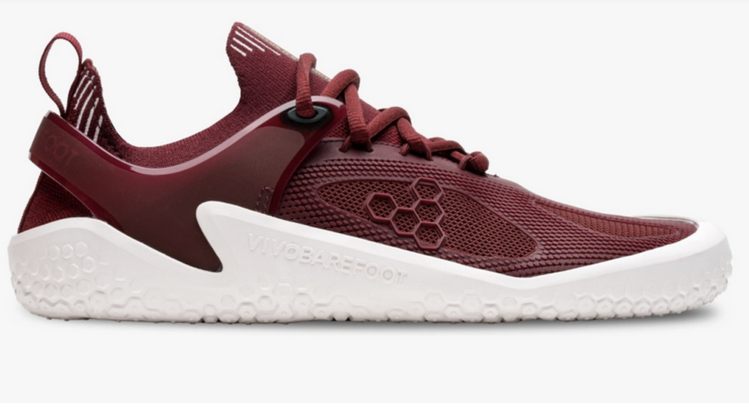In recent times, a growing number of exercise enthusiasts and health-sensitive people have converted their attention to an original boots alternative: vivobarefoot. These minimal footwear, built to mirror the knowledge of strolling without footwear, offer a variety of rewards and considerations for those trying to grow their ft . health insurance and all round well-simply being.
What exactly are Barefoot Shoes?
Barefoot shoes, also called minimalist shoes or boots, are footwear created to provide the closest expertise to jogging without footwear although still providing some extent of protection from the elements. Unlike traditional shoes, which in turn attribute raised high heels, padding, and arch assistance, barefoot shoes typically have thin, flexible bottoms along with a broad toe package that permits for organic foot movements.
Benefits of Barefoot Shoes:
Better Feet Durability and Steadiness: By permitting the feet to advance far more by natural means, barefoot shoes will help strengthen the muscles of the ft and minimize thighs. This increased strength and stability may decrease the potential risk of traumas and boost total stability and pose.
Improved Sensory Comments: Jogging without footwear or using minimalist shoes enables increased sensory feedback from your ground, which will help improve proprioception (knowledge of system positioning) and perfect gait aspects.
Stimulates All-natural Biomechanics: Traditional shoes with heavy soles and arch assistance can adjust organic foot biomechanics. Barefoot shoes advertise a far more normal gait routine, probably minimizing stress on joints and muscles with time.
Light-weight and Flexible: Barefoot shoes are generally light in weight and versatile, permitting a more normal flexibility. This is often beneficial for routines like working, hiking, or weightlifting, where agility and proprioception are very important.
Prospective Pain Alleviation: Some people find relief from feet ache, including plantar fasciitis or bunions, by transitioning to barefoot shoes. The minimal design and style promotes proper feet alignment and might relieve stress on vulnerable locations.
Factors When Transitioning to Barefoot Shoes:
Slow Cross over: Transitioning to barefoot shoes should be carried out slowly to permit the ft and minimize hip and legs to adapt towards the new movement patterns. Begin by putting them on for brief time periods and steadily raise the timeframe as time passes.
Possibility of Muscles Tenderness: Since the muscle tissues inside the feet minimizing hip and legs adapt to the brand new requirements of barefoot shoes, some individuals may suffer muscle soreness. This is typical and typically subsides since the body adjusts.
Surface area Sensitivity: Walking or jogging without footwear reveals the toes to several surface areas, which might initially feel uncomfortable or unfamiliar. It’s vital to opt for correct situations and surface areas when transitioning to barefoot shoes.
Not Appropriate for Everyone: Even though many folks take advantage of barefoot shoes, they will not be suited to people with particular foot situations or biomechanical troubles. It’s essential to meet with a healthcare professional prior to the move, especially if you have pre-existing ft . troubles.
Verdict:
Barefoot shoes offer a exclusive method of shoes and boots that prioritizes natural activity and foot overall health. By providing a minimalistic style that mimics the ability of walking without shoes, these sneakers can market much stronger, a lot more stable toes and reduce thighs and legs. Even so, it’s crucial to move slowly and pay attention to your body’s feedback to reap the total benefits of without shoes footwear.
